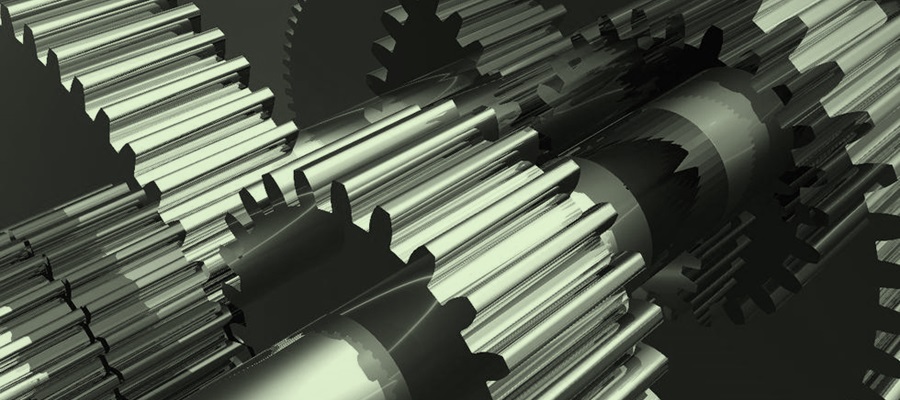R&D Tax Credits for Mechanical Engineering

The software underpinning RDRelief was sold to one of the big-4 professional service firms in 2018. Consequently, the brand is no longer in operation.
- R&D Tax Advisors are invited to find out more about the Inspired.tax claim preparation software.
- Otherwise, please feel free to continue to browse this website for useful information regarding claiming R&D Tax Credits in the UK. However, beware that none of the information has been updated since 2018.
Contents
Background
Designing, developing and maintaining mechanical systems (aka Mechanical Engineering) is one of the most common fields for R&D Tax Credit claims, with thousands of companies across the UK making claims annually.
Eligibility Criteria
Main article: Eligibility Criteria
The UK Department for Business, Energy & Industrial Strategy (BEIS) has explicitly defined R&D Tax Credits. This briefing will help you determine the types of Mechanical Engineering projects that are eligible and what costs could qualify.
The eligibility criteria apply to all fields of Science and Technology rather than just Mechanical Engineering (hence they are quite generic). They state:
- An R&D project must seek to achieve an Advance in Science or Technology
- The team must attempt to overcome Scientific or Technological Uncertainty in achieving the Advance
Technological Advance in Mechanical Engineering
Main article: Scientific or Technological Advance
A Technological Advance in Mechanical Engineering could be that your engineers are moving forwards from the current industry baseline of knowledge and capability by developing headphones that have a casing that is lighter than has traditionally been possible with existing techniques.
This project was classified as R&D for Tax purposes because the Technology for creating thin headphone cases was only able to deliver a sub-optimal result, but through the undertaking of R&D, the company was able to appreciably improve on this by making the headphones thinner than was previously possible.
Crucially, this could have been achieved by developing new advanced manufacturing techniques, or by creating a more suitable alloy that was able to support the structure required (or an equivalent Technological step forwards).
Technological Uncertainty in Mechanical Engineering
Main article: Scientific or Technological Uncertainty
Continuing the example provided for the Technological Advance above, it could be that your engineers are uncertain how to achieve the headphone casing without adversely affecting the overall compressive strength. Overcoming this uncertainty may have resulted in the team seeking to develop a new compound material to be able to support a unique structure for the earphones. Further Uncertainty 'could' arise regarding whether or not the new material could adhere to the required strength requirements could remain uncertain until tested.
Alternatively, the Uncertainty could be that your team are applying a technique from another field of mechanical engineering, but there is Uncertainty as to how well it would worth with headphones owing to the difference in environmental conditions.
HMRC are looking for Technological Uncertainty, rather than any other business or design Uncertainty, so it would not be sufficient for the Uncertainty to concern how aesthetically pleasing the earphone feel in a customer's ear. However, if this feeds into the concerns on how to technically achieve the shape, then R&D could come into play.
Includable Activities
Main article: Directly Contributing Activities
